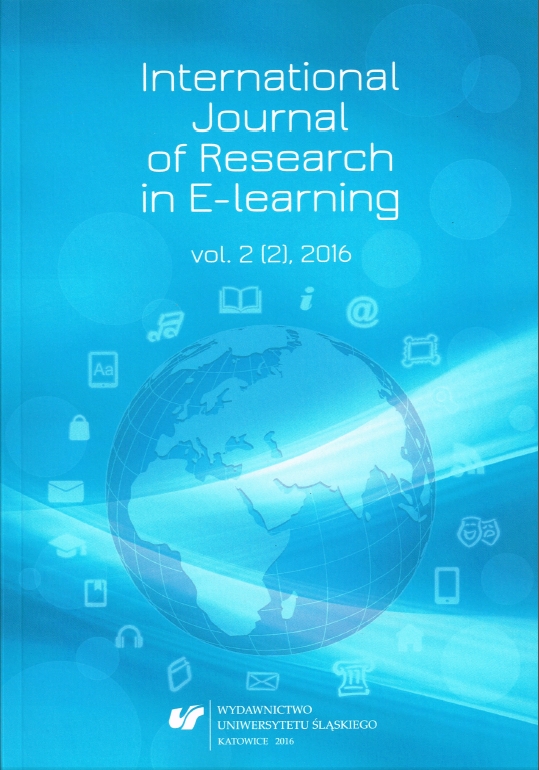

The article deals with three main issues: the understanding of curriculum in context, the ability of contextualisation, and retention of knowledge in long-term memory. The paper first suggests principles based on the coherence model of instruction, which aims to achieve coherence of knowledge of isolated facts through a network of semantic relationships. Then, the theoretical basis of the model is described, including spatial learning strategies, cooperative learning, and excur-sions in an authentic environment supported by mobile devices. A methodology of teaching was designed according to the principles of the coherence model, and a virtual guide through educational exhibitions was developed. The virtual guide was tested with students of a primary school during an experimental lecture in the Ostrava Zoo. An evaluation of the coherence model and the virtual guide was carried out using three methods: an observation of students’ behaviour and learning during the experimental lecture, a pedagogical experiment, and an evaluation of questionnaires. The results of the evaluation proved that the coherence model of instruction has a positive impact on understanding in context, ability of con-textualisation, and retention of the curriculum in long-term memory.
Download files
Citation rules

Vol. 2 No. 2 (2016)
Published: 2016-06-13